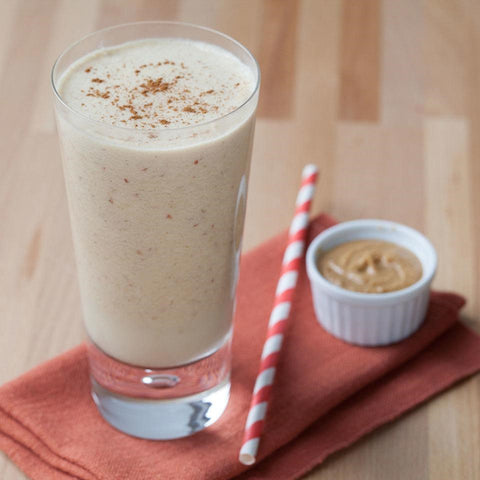Sautéing, defined. To sauté is to cook food quickly in a minimal amount of fat over relatively high heat. The word comes from the French verb sauter, which means "to jump," and describes not only how food reacts when placed in a hot pan but also the method of tossing the food in the pan. The term also refers to cooking tender cuts of meat (such as chicken breasts, scaloppine, or filet mignon) in a small amount of fat over moderately high heat without frequent stirring―just flipping it over when one side is browned.
What sautéing does. The browning achieved by sautéing lends richness to meats and produce. And because the food is cooked quickly, the integrity of the flavor and texture remains intact; asparagus, for example, retains its slightly grassy punch, as well as a pleasing crisp-tender bite.
Equipment. Use either a skillet (a wide pan with sloped sides) or sauté pan (a wide pan with straight sides) for this technique. Both have a large surface area, so food is less likely to become overcrowded. Choose a pan with a dense bottom that evenly distributes heat. Nonstick, anodized aluminum, and stainless steel options work well.
Best foods to sauté. Whether it's meat or vegetables, time in the pan is brief, so it's important that the food be naturally tender. Cuts such as beef tenderloin, fish fillets, and chicken breasts are good candidates; tougher cuts like brisket or pork shoulder are better for long cooking over low heat. The same principle holds for produce. Asparagus tips will be more successfully sautéed than beets. Many other tender vegetables, including baby artichokes, sugar snap peas, mushrooms, and bell peppers, lend themselves to this technique. That's not to say that denser, tougher vegetables can't be sautéed―they just may need to be blanched (briefly cooked in boiling water) first to get a head start on cooking.
Size matters. Cutting food to a uniform thickness and size ensures that it will cook evenly. Vegetables should be no larger than bite-sized, meat no larger than portion-sized. Meat that is too thick or vegetables that are too large run the risk of burning or forming a tough, overly browned outer crust in the time that it takes to completely cook them. Have the ingredients prepped before heating the pan.
Heat the pan. Be sure to warm the pan over medium-high heat for a few minutes. It needs to be quite hot in order to cook the food properly. If the heat is too low, the food will end up releasing liquid and steaming rather than sautéing.
Add fat. Fats such as butter, oil, or bacon fat are used to coat the food and prevent it from sticking to the pan, aid in browning, and add flavor. Once the pan is hot, add the fat, and swirl to coat the bottom of the pan. (Heating the fat with the pan may cause food to stick.) Heat the fat for 10 to 30 seconds―until oil shimmers or butter's foam subsides―and then add the food.
Don't overcrowd. It's crucial that only one layer of food cooks in the pan at a time. When sautéing cuts of meat, there should be at least a half-inch between each piece. Food releases steam when cooking. If that steam doesn't have enough room to escape, it stays in the pan, and the food ends up steaming rather than sautéing and won't brown. If you've ever tried to sauté a large amount of cubed beef for a stew, you may have experienced this problem. The solution is simply to sauté the food in smaller batches.
Toss and turn. When sautéing tender vegetables and bite-sized pieces of meat, stir frequently (but not constantly) to promote even browning and cooking. Dense vegetables such as cubed potatoes, though, should be stirred once every few minutes so that they don't fall apart as they grow tender. Portion-sized cuts of meat (chicken breasts, steaks, or pork medallions, for example) should only be turned once so they have enough time to form a nice crust, which will also keep the meat from sticking to the pan.
Stir-fry vs. sauté. Stir-frying and sautéing are techniques that share some similarities. Both methods cook food quickly in a small amount of fat. But stir-frying cooks food over intensely high heat, stirring constantly. Sautéing involves only moderately high heat, and the food is not in continuous motion.
Source – Cooking Light



